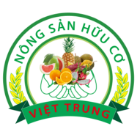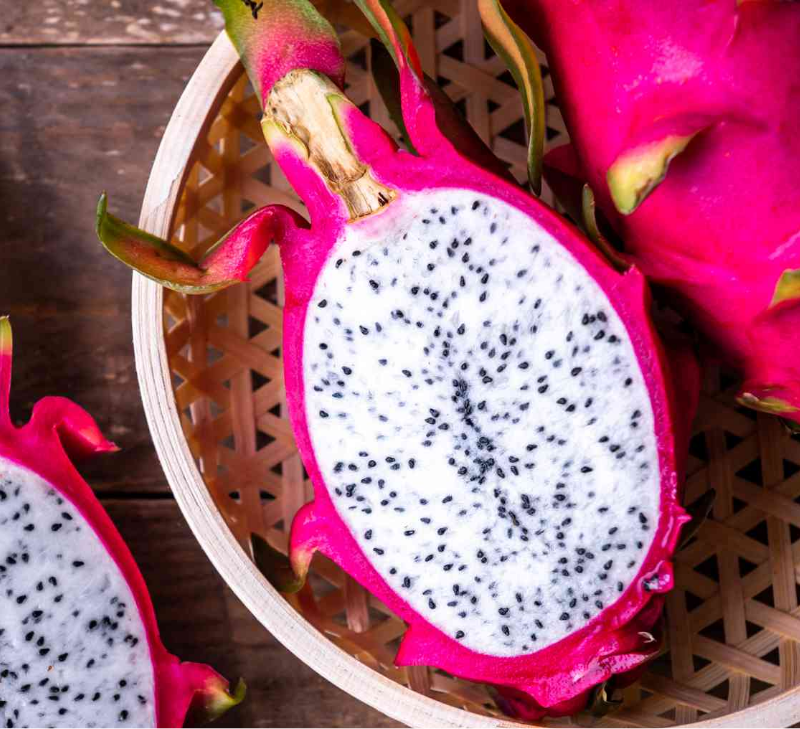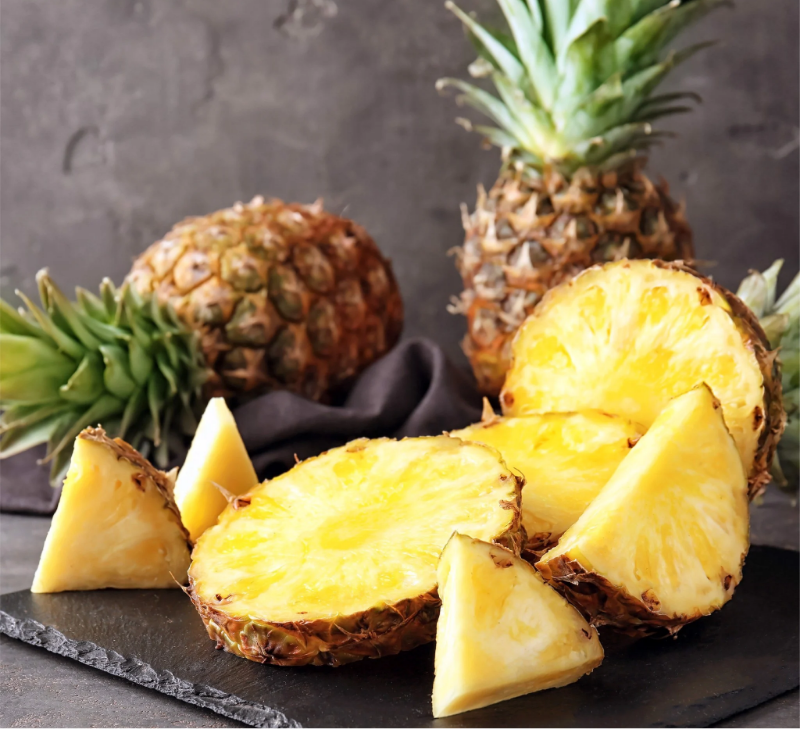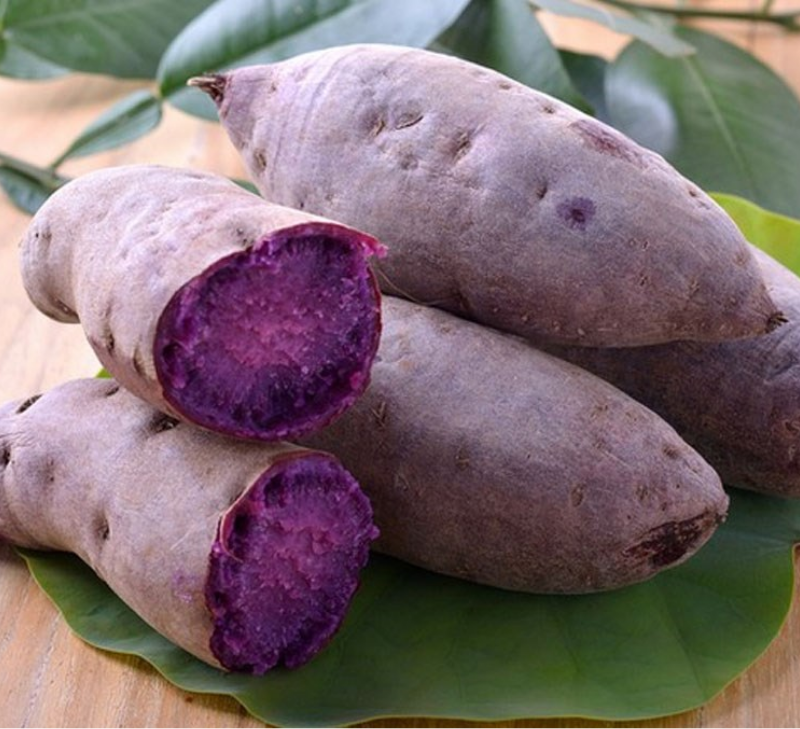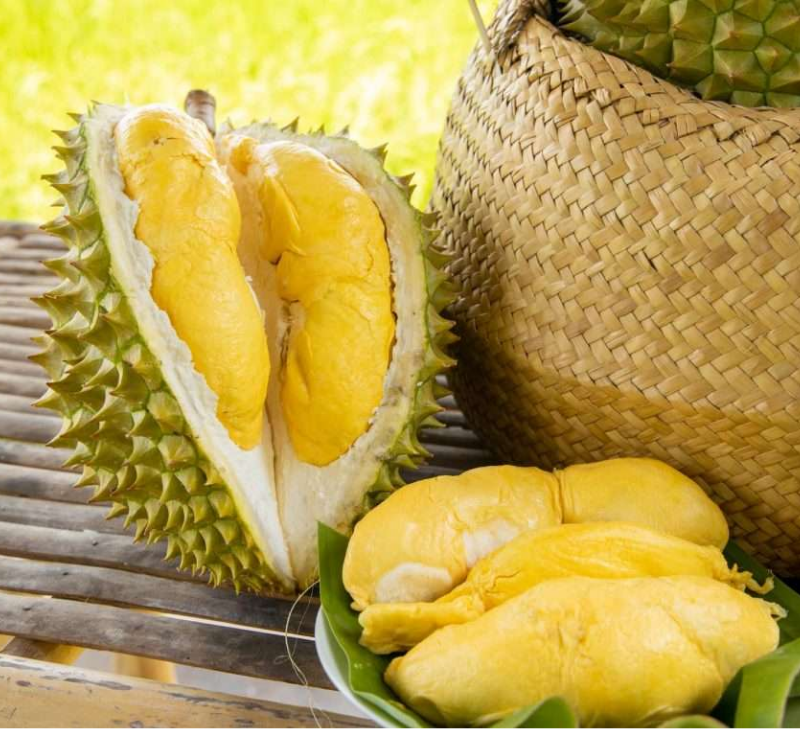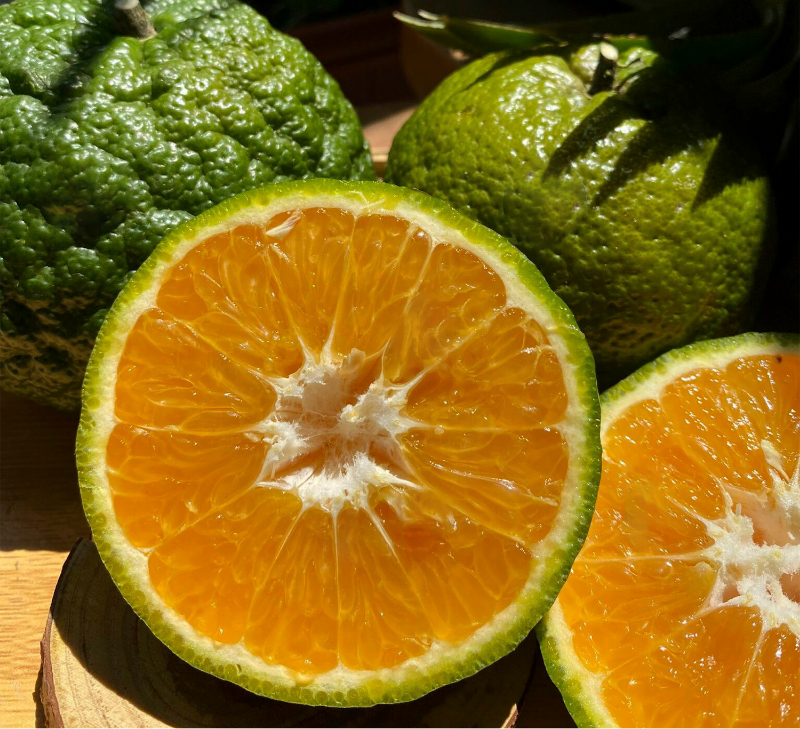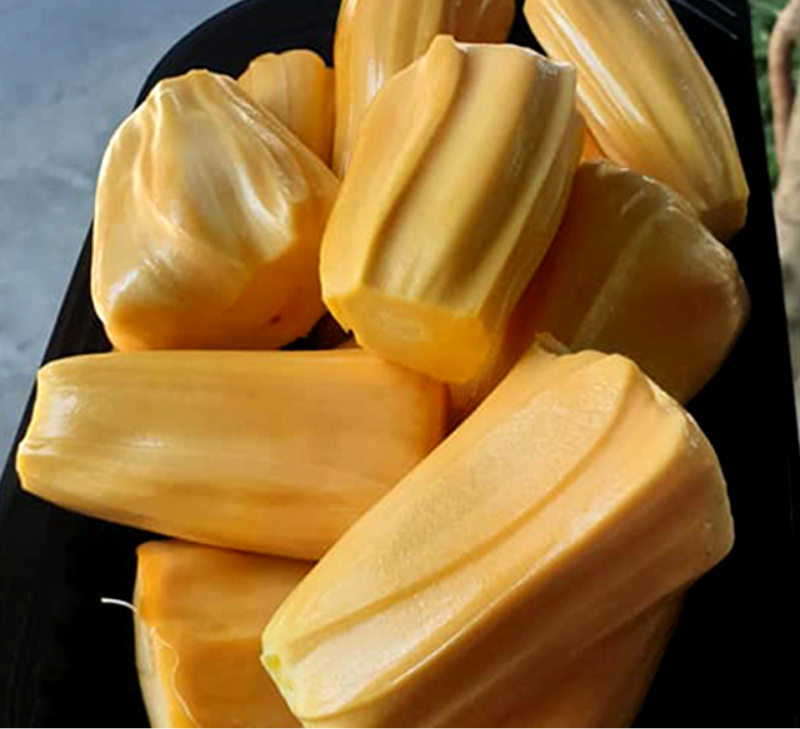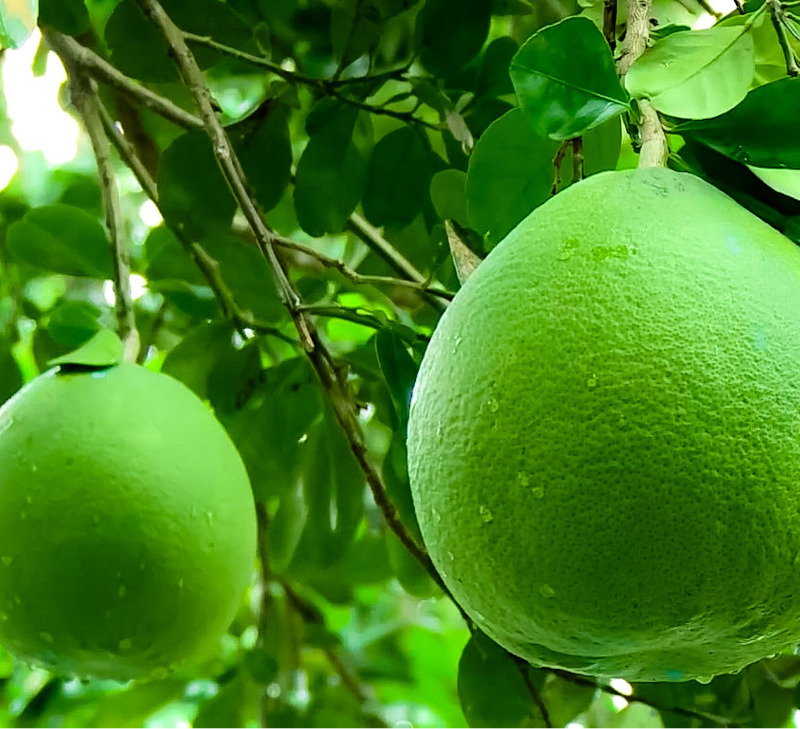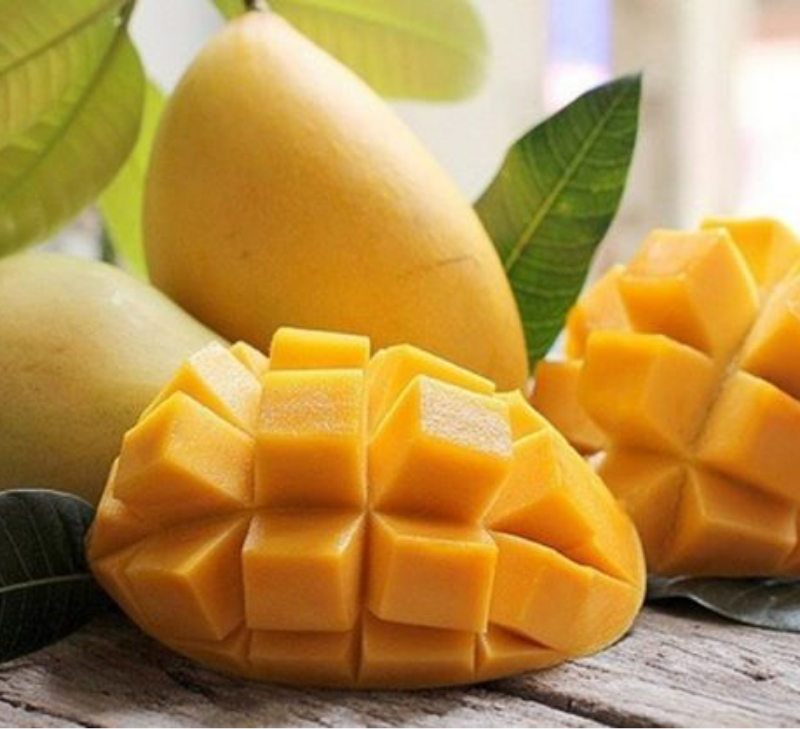Dragon fruit is a plant grown mainly for its fruit and is also the name of several genera of the cactus family. Dragon fruit is a native plant in Mexico, Central American and South American countries. Currently, this species is also grown in countries in Southeast Asia such as Vietnam, Malaysia, Thailand, Philippines, Indonesia (especially in western Java island); southern China, Taiwan and some other areas. Dragon fruit is a tropical fruit rich in nutritional value. Evidence shows that this fruit can provide many valuable health benefits, such as supplementing with antioxidants, preventing cancer and boosting the body’s immune system.
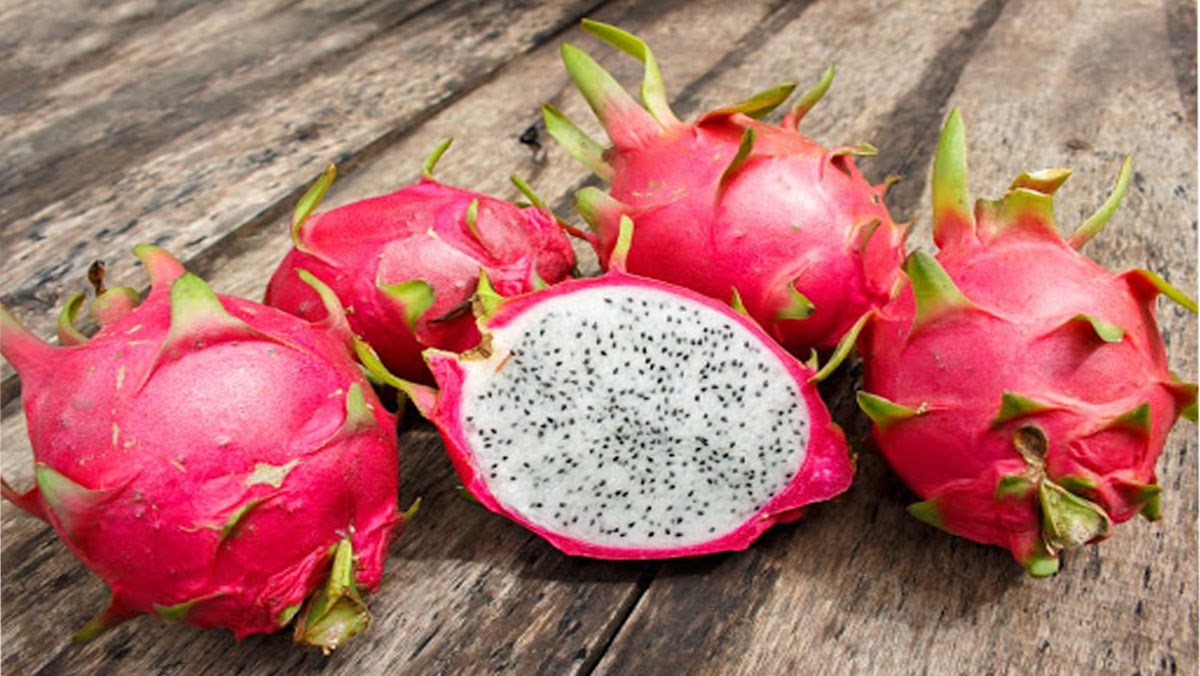
1. Learn about dragon fruit
Dragon fruit is a fruit that grows on the cactus Hylocereus, also known as the queen of Honolulu – a flowering plant that blooms only at night. The dragon fruit tree is native to Central America and southern Mexico. Currently, dragon fruit is grown mainly in tropical regions of the world.
Externally, the dragon fruit is pink with green leaves that look like thorns growing on the fruit body. The flesh of the dragon fruit is usually white or red with dotted black seeds.
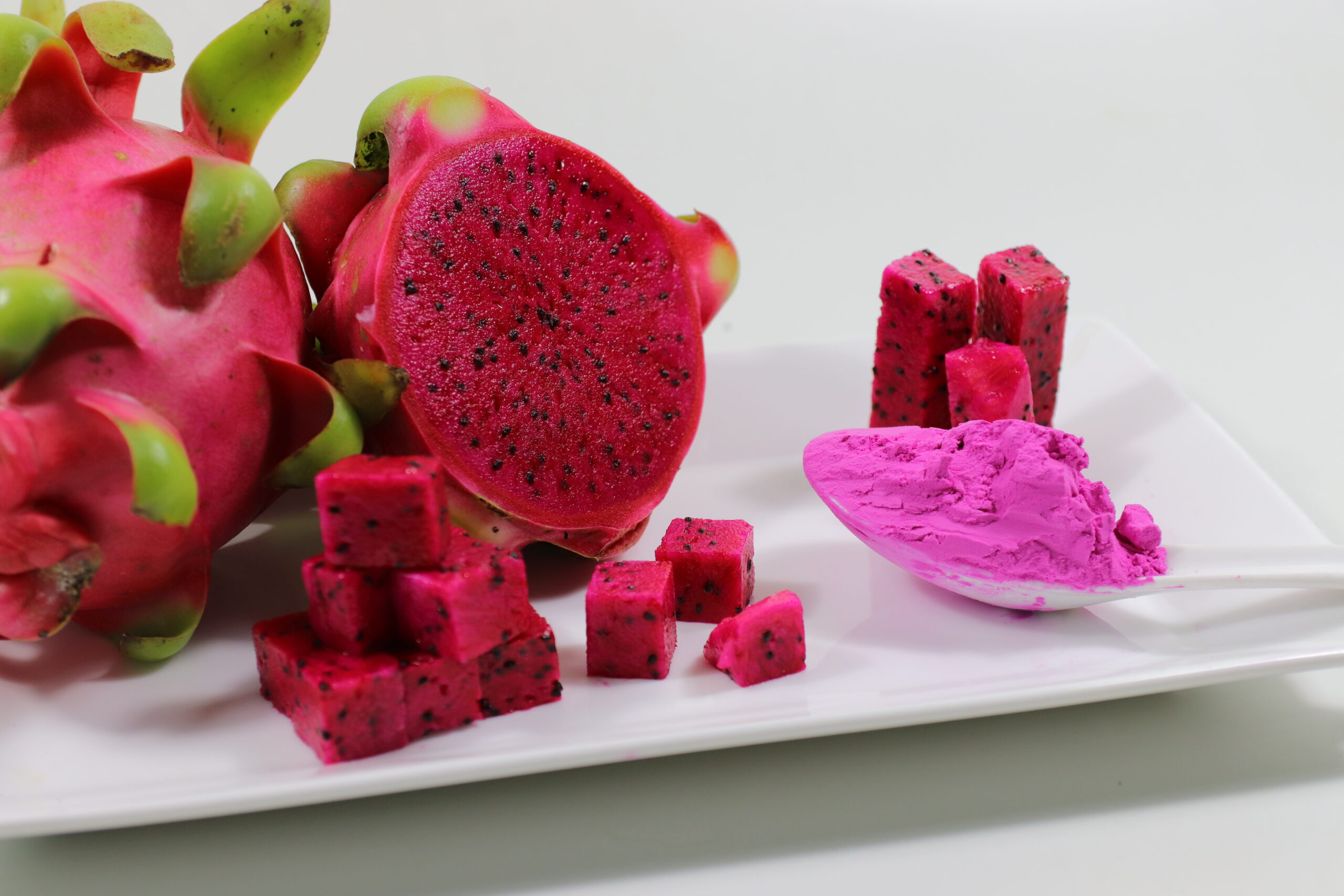
Although the dragon fruit may look rather strange, its flavor is very characteristic. Some have described the taste of dragon fruit as a cross between kiwi, watermelon and pear.
2. Nutritional value of dragon fruit
Dragon fruit contains a lot of valuable nutrients for the body. It is considered an excellent source of fiber, iron and magnesium.
According to research, about 100 grams of dragon fruit will provide nutrients including:
Calories: 60 grams;
Carbs: 13 grams;
Protein: 1.2 grams;
Fiber: 3 grams;
Fat: 0 grams;Magnesium: 10% of the RDI;
Iron: 4% of the RDI;
Vitamin C: 3% of the RDI.
With rich magnesium and fiber content and extremely low calories, dragon fruit is considered a fruit rich in nutritional value and brings many benefits to overall health for users.
Eating dragon fruit every day will help you supplement some important antioxidants, protect the body’s cells from unstable molecules and thereby prevent some risks of chronic diseases and aging. .
Some of the main antioxidants found in dragon fruit guts include:
Flavonoids: This is a very diverse group of antioxidants that promote brain health and reduce the risk of heart disease.
Hydroxycinnamates: This group of antioxidants has been shown to have anti-cancer activity. Betalains: Found mainly in the intestines of the red dragon fruit.
These deep red pigments work in protecting the body’s bad LDL cholesterol from damage or oxidation.
3. Some potential health benefits of dragon fruit
Many people wonder “Is it good to eat dragon fruit?”, in fact, adding dragon fruit to the daily diet can bring many potential health benefits, including:
Dragon fruit is rich in antioxidants, such as flavonoids, betacyanins and phenolic acids. These natural compounds help protect the body’s cells from damage by free radicals, molecules that can lead to premature aging and diseases like cancer.
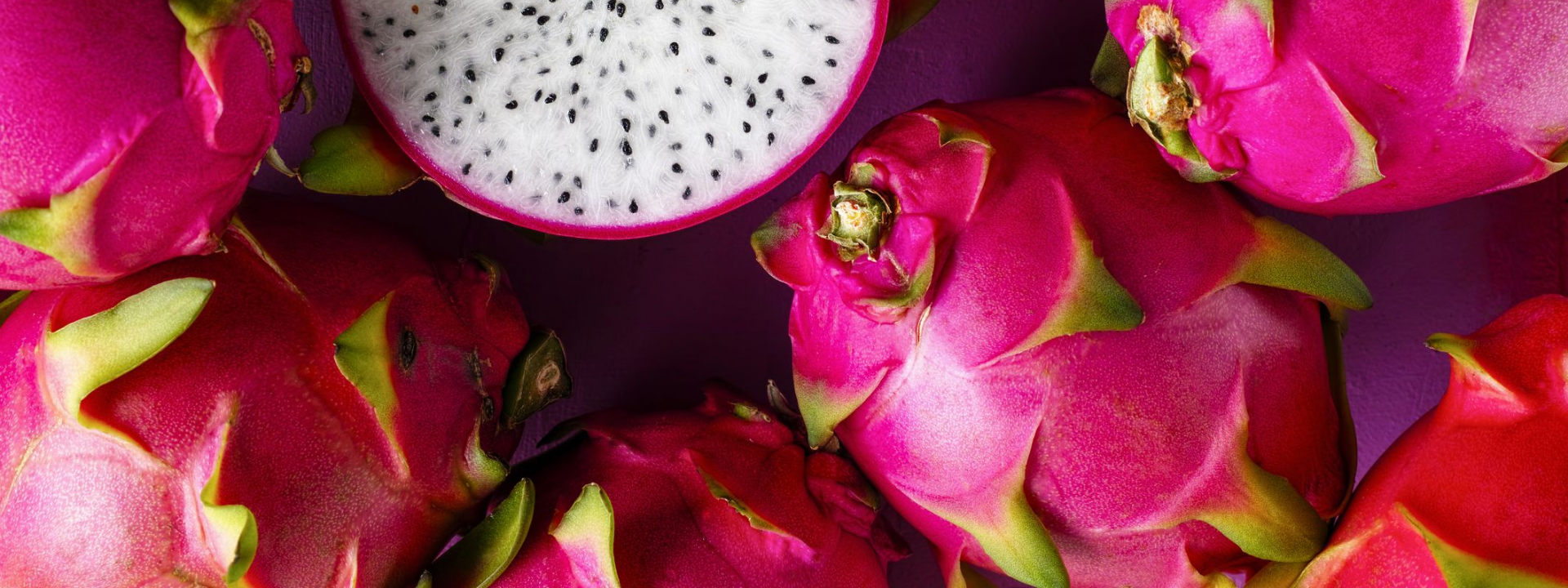
Dragon fruit contains a lot of fiber and no fat. Therefore, you can choose dragon fruit as a snack to increase the feeling of fullness longer between meals.
Eating dragon fruit helps you reduce blood sugar effectively. Some recent studies show that dragon fruit can replace damaged cells in the pancreas. Therefore, people with diabetes should add dragon fruit to their diet to support maximum blood sugar management.
Dragon fruit contains prebiotics, which help provide beneficial bacteria (probiotics) in the intestinal tract. The more prebiotics the body has, the more effective it will be to improve the balance between good and bad bacteria in the digestive system. Eating dragon fruit every day will help promote the growth of beneficial bacteria such as bifidobacteria and lactobacilli. These bacteria living in the intestines can destroy viruses and bacteria that cause disease in the body, and help digest food effectively.
In particular, eating dragon fruit helps to increase iron in the body. Iron plays an important role in transporting oxygen throughout the body and providing you with energy. Dragon fruit is not only rich in iron but also a rich source of vitamin C, which helps the body absorb and use iron effectively.
4. Is it safe to eat dragon fruit?
In general, eating dragon fruit is safe for most people. However, there are still some rare cases of dragon fruit allergy. Allergy symptoms caused by eating dragon fruit often include swelling of the tongue, vomiting, and a rash.
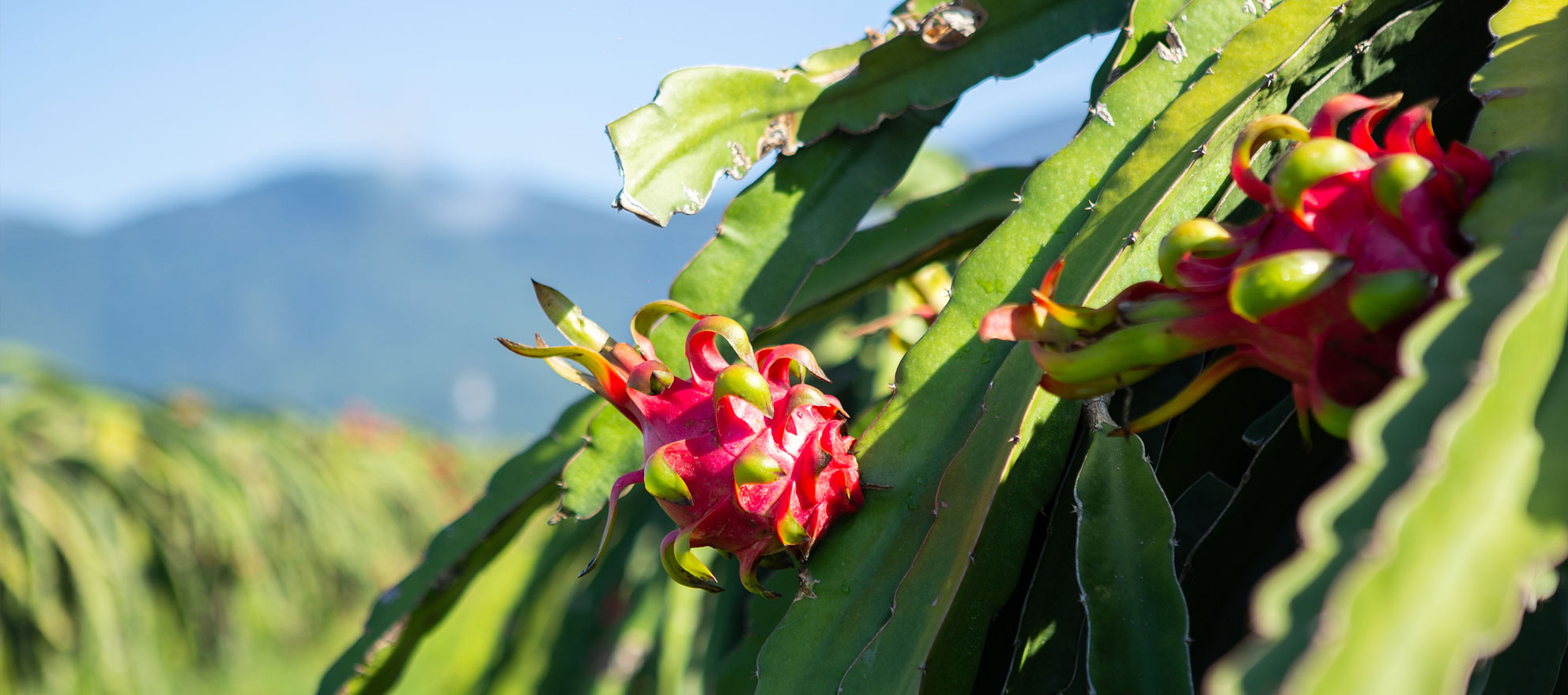
If you eat a lot of red dragon fruit, it can cause your urine to turn pink or red. These symptoms are not a cause for concern, your urine will return to its normal color once the fruit is eliminated from the body.
5. How to process dragon fruit
Before buying dragon fruit, please squeeze gently to check, ripe dragon fruit is usually not too soft or mushy. You should avoid choosing fruits with dried leaves or bruises as these are signs that the fruit is overripe. In case it feels hard when pressed, you should let the fruit ripen for a few days before eating.
Dragon fruit can only eat the flesh and remove the skin. You can combine dragon fruit with fruit salads with other tropical fruits like mango or pineapple. In addition, dragon fruit juice can also be another ideal choice for you.
As for the leftover dragon fruit after eating, you can store them in the refrigerator for up to 5 days or freeze them for up to 3 months.
6. The situation of growing dragon fruit in Vietnam
Vietnam is now the country with the largest area and output of dragon fruit in Asia and also the world’s leading dragon fruit exporter. The Ministry of Agriculture and Rural Development (MARD) said that currently, there are 60/63 provinces and cities growing dragon fruits, with the area and output increasing very quickly. If in 1995 the whole country had more than 2,200 hectares of dragon fruit growing, with an output of nearly 23,000 tons, by 2018 it increased to nearly 54,000 hectares of dragon fruit (of which the area is being harvested more than 45,000 hectares), the output reached more than 1 million tons, an increase of 24 times in area and 46 times increase in output.
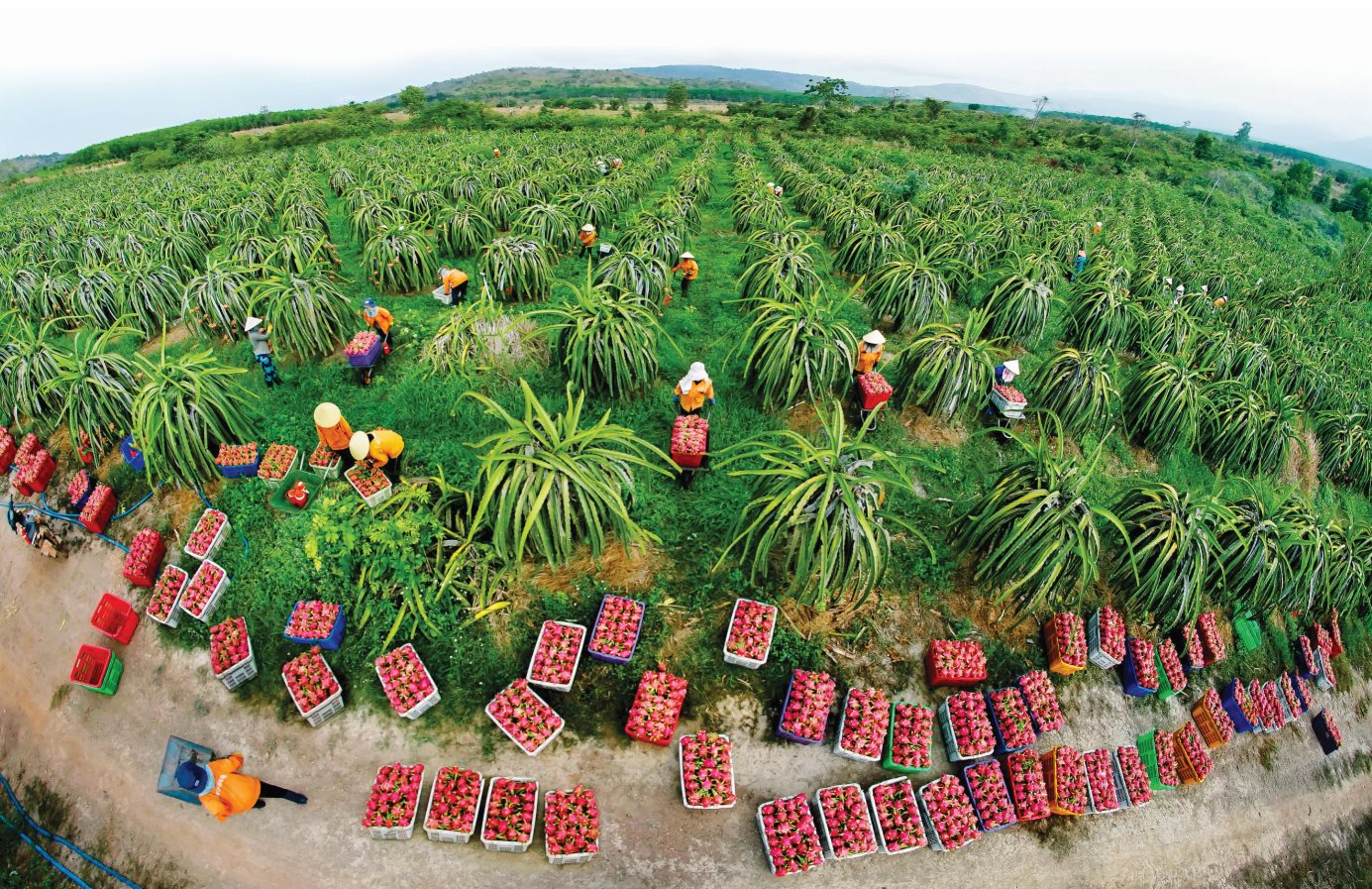
Dragon fruit is currently grown in 30 provinces and cities, but has grown strongly into large-scale specialized cultivation areas concentrated in the provinces of Binh Thuan (29,000 ha), Long An (11,000 ha) and Tien Giang (8,000 ha) accounting for 93, 6% of the area and 95.5% of the country’s output. The remaining area of dragon fruit is distributed in some southern provinces such as Vinh Long, Tra Vinh, Tay Ninh, Ba Ria – Vung Tau and some northern provinces such as Lang Son, Vinh Phuc, Hai Duong, Quang Ninh and Thanh Hoa and Hanoi.
Binh Thuan is the capital of dragon fruit with an area of over 22,000 hectares, with a total output of about 400,000 tons, accounting for 65.1% of the area and 70% of the country’s output. Binh Thuan is also a locality promoting dragon fruit production according to VietGAP and GlobalGAP standards with an area of over 7,300 hectares. Followed by Long An (accounting for 16.6% of area and 12.8% of output) and third is Tien Giang (accounting for 11.4% of area and 12.2% of output).
7. Export situation of Vietnamese dragon fruit
Vietnam’s dragon fruit export value has also increased continuously, from more than $57 million in 2010, increasing to more than $483 million in 2015 and reaching about $1.1 billion in 2018. The largest dragon fruit export market China accounts for over 80%, followed by Singapore and Indonesia. Recently, Vietnam has opened more difficult and potential markets such as Japan, Korea, EU, USA, Australia. However, dragon fruit exports to markets such as ASEAN and Hong Kong face increasing competition from countries such as Taiwan, Thailand and Malaysia.
Currently, China is the largest consumer market of Vietnamese dragon fruit. Dragon fruit is exported to China in two ways:
+ Imported by the way of unofficial quota: Dragon fruit imported through quota into the Chinese market does not have many requirements on food hygiene and safety or packaging labels. As long as the Chinese party agrees, they can buy and sell right at the border gate. In addition, Chinese traders also come to see the goods and buy directly.
+ Import through official channels: After joining the WTO, the standards of vegetables and fruits imported into China are relatively strict, requiring quarantine, complying with regulations on food safety criteria, labels, etc. food labeling laws. Officially exported dragon fruit to China must apply disease safety and food safety standards. However, the registration process for this standard is not complicated, similar to the VietGAP standard certification process.
Besides the Chinese market, the ASEAN, Hong Kong and Taiwan markets are important markets for Vietnamese dragon fruit. These are markets with less stringent barriers in terms of food hygiene and safety and packaging labels than the US, Europe, and Japan, and are geographically close to Vietnam, so they can be overcome. Long distance transportation increases costs. Like China, these are the traditional markets for Vietnam’s dragon fruit consumption and have relatively stable demand for dragon fruits, especially during the holidays because of the color, The shape and name of the dragon fruit mean luck in these countries.
White flesh dragon fruit is also very popular in the Japanese market. Before exporting to Japan, dragon fruit must be inspected by the Plant Protection Agency of Vietnam and issued a quarantine certificate of no pests and diseases, especially clearly stating that it is not infected with fruit flies. After that, it is certified by the Plant Protection Department that the dragon fruit has been disinfected at the production site with hot steam in accordance with the temperature and process required by Japan (the Plant Protection Department stamps, pastes the seal).
Europe is also the main import market of Vietnam’s dragon fruit. Although dragon fruit is still a relatively new product and has not been widely promoted, and the price is high, it is still very promising and attracts more and more interest from EU consumers. If it is possible to reduce the cost and promote more widely about the nutritional value of dragon fruit, this fruit will surely reach a large number of communities in European countries besides other countries. countries such as France, Italy, Russia and the Netherlands.
In addition, the United States has just licensed the import of red flesh dragon fruit, white flesh dragon fruit, rambutan, litchi and longan from Vietnam into this market. In the coming time, the United States will increase imports of Vietnamese dragon fruit. Analysts say this is a market that will grow fast and strong in the near future, as evidenced by the fact that farm owners in Florida and California have begun to plant dragon fruit to meet market demand.
